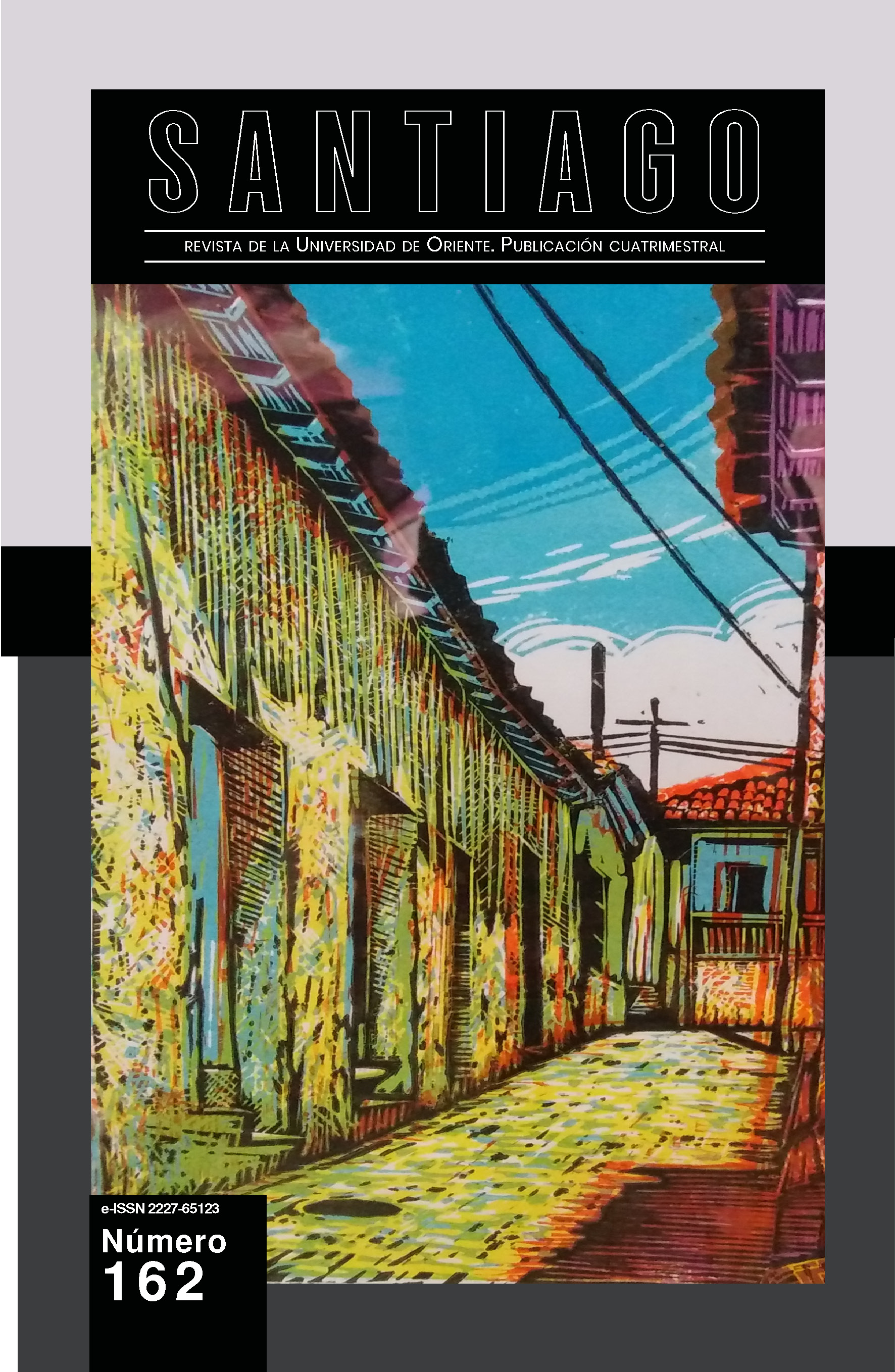Emoción, educación y arte: Una mirada desde la complejidad
Palabras clave:
emoción, complejidad, educación, arte, humanismoResumen
El presente artículo, tiene como propósito reflexionar sobre algunos aspectos relevantes que hacen parte de la dimensión emocional para entender bajo una mirada compleja aquel entramado que se interconecta como un elemento fundamental para el desarrollo íntegro del ser humano. Además, se discutirá sobre el vínculo existente entre emoción y arte como medio para expresar y representar los pensamientos más profundos y su relación con los procesos educativos para el acompañamiento y apoyo de los niños, niñas y jóvenes en el reconocimiento y regulación de aquello que se siente, teniendo presente el panorama actual donde el predominio de la racionalidad, la instrumentalización y el mercantilismo, han reducido el verdadero sentido de la enseñanza, lo que conlleva a enfrentar nuevos retos para la búsqueda de una educación más humana.
Citas
Camps, V. (2011). El gobierno de las emociones (Herder (ed.)). Herder.
Céspedes, A. (2013). EDUCAR LAS EMOCIONES (Ediciones). http://www.catamarca.edu.ar/plataforma_educativa/wp-content/uploads/2021/04/
Amanda-Cespedes-Educar-las-emociones-Educar-para-la-vida.pdf
Delgado Díaz, C. J. (2010). Diálogo de saberes para una reforma del pensamiento y la enseñanza en América Latina: Morin, Potter, Freire. Estudios: Filosofía, Historia, Letras, 8(93), 23. https://doi.org/10.5347/018
0093.000174747
Edgar Morin, 1992. El Método IV, Las ideas, Ediciones Cátedra, 1992. (1992).
Freire, P. (2011). Pedagogía Del Oprimido. Sort, 257(November), 1–175. https://doi.org/10.3163/1536-5050.98.2.021
Maturana, H. (1993). Emociones y Lenguaje en Educación y Política. Centro
de Educación del Desarrollo (CEO). Emociones y Lenguaje En Educación y Política. Centro de Educación Del Desarrollo (CEO), 2(4),
–235.
Maturana, H. (2002). Transformación en la convivencia (Dolmen Edi).
Morin, E. (1994). LA NOCION DE SUJETO Edgar Morin. 1–12.
Morin, E. (1999a). Introduccion al pensamiento complejo. Nómadas. Revista
Crítica de Ciencias Sociales y Jurídicas, 9–85.
Morin, E. (1999b). Los siete saberes necesarios para la educación del futuro.
RIEE | Revista Internacional de Estudios En Educación, 3(2), 193–195.
https://doi.org/10.37354/riee.2003.033
Nussbaum, M. (2010). Sin fines de lucro. In Angewandte Chemie International
Edition, 6(11), 951–952. (Katz Edito).
Pereda, M. J. B. (2014). La educación emocional en el aula (Horsori Ed).
Sotolongo Codina, P. L., & Delgado Díaz, C. J. (2016). La complejidad y el
diálogo transdisciplinario de saberes. Trans-Pasando Fronteras, 10, 11.
https://doi.org/10.18046/retf.i10.2631
Uribe, P. R. (2015). Crisis del arte. El Colombiano, 1. https://www.elcolombiano.com/opinion/columnistas/crisis-del-arte-FB1425034
Vigotsky, L. (2003).La imaginación y el arte en la infancia(Ediciones). http://maratavarespsictics.pbworks.com/w/file/fetch/74224682/20235083-Vigotsky-La-imaginacion-y-el-arte-en-la-infancia.pdf
Descargas
Publicado
Número
Sección
Licencia
Derechos de autor 2024 Vanessa Betancourth-González

Esta obra está bajo una licencia internacional Creative Commons Atribución-NoComercial-SinDerivadas 4.0.
CC Reconocimiento-NoComercial-SinObrasDerivadas 4.0





.jpg)
_de_logo.jpg)















 Universidad de Oriente Avenida Patricio Lumumba s/n, CP 90500, Santiago de Cuba, Cuba
Universidad de Oriente Avenida Patricio Lumumba s/n, CP 90500, Santiago de Cuba, Cuba